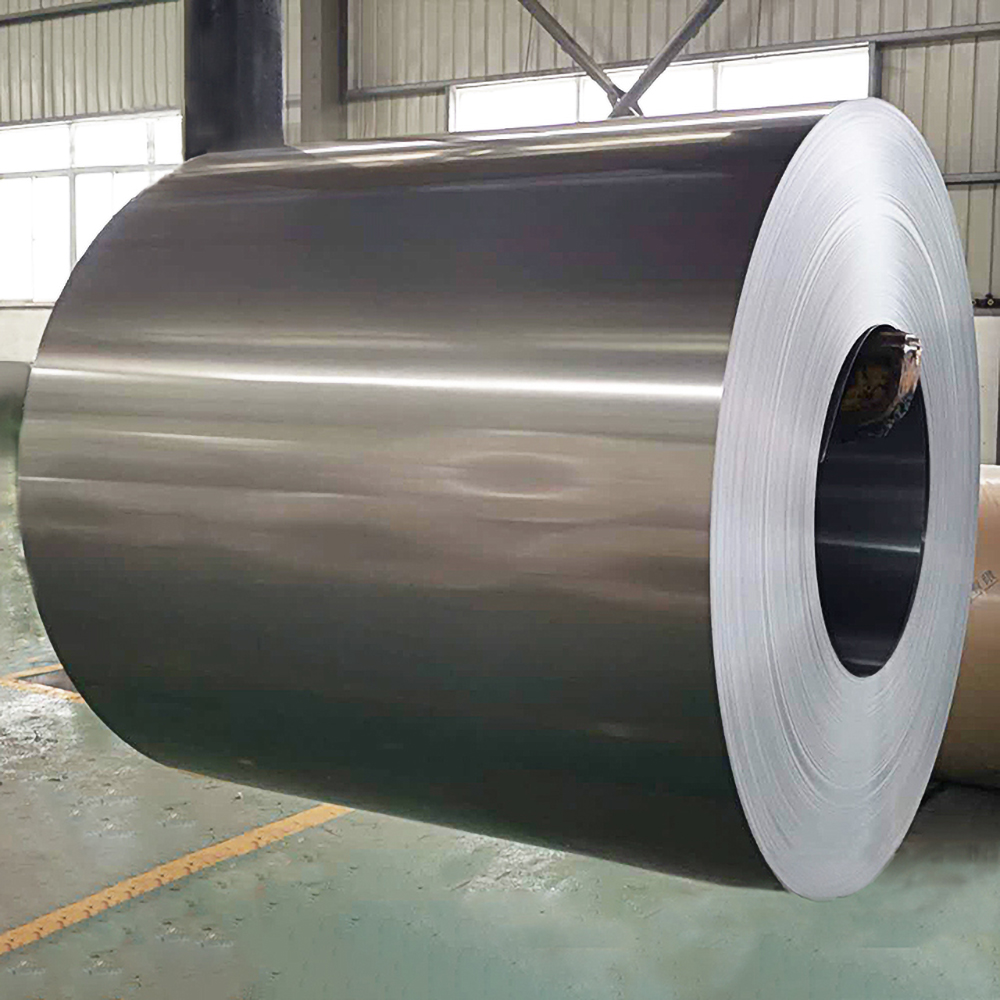

Silicon Steel
Silicon steel is undoubtedly the most important soft magnetic material in use today. Applications vary in quantities from the few ounces used in small relays or pulse transformers to tons used in generators, motors, and transformers. Continued growth in electrical power generation has required development of better steels to decrease wasteful dissipation of energy (as heat) in electrical apparatus and to minimize the physical dimensions of the increasingly powerful equipment now demanded.
The earliest soft magnetic material was iron, which contained many impurities. Researchers found that the addition of silicon increased resistivity, decreased hysteresis loss, increased permeability, and virtually eliminated aging.
Substantial quantities of oriented steel are used, mainly in power and distribution transformers. However, it has not supplanted nonoriented silicon steel, which is used extensively where a low-cost, low-loss material is needed, particularly in rotating equipment. Mention should also be made of the relay steels, used widely in relays, armatures, and solenoids. Relay steels contain 1.25 to 2.5% Si, and are used in direct current applications because of better permeability, lower coercive force, and freedom from aging.
Important physical properties of silicon steels include resistivity, saturation induction, magneto-crystalline anisotropy, magnetostriction, and Curie temperature. Resistivity, which is quite low in iron, increases markedly with the addition of silicon. Higher resistivity lessens the core loss by reducing the eddy current component. Raising the silicon content will lower magnetostriction, but processing becomes more difficult. The high Curie temperature of iron will be lowered by alloying elements, but the decrease is of little importance to the user of silicon steels.
The magnetization process is influenced by impurities, grain orientation, grain size, strain, strip thickness, and surface smoothness. One of the most important ways to improve soft magnetic materials is to remove impurities, which interfere with domain-wall movement; they are least harmful if present in solid solution. Compared with other commercial steels, silicon steel is exceptionally pure. Because carbon, an interstitial impurity, can harm low induction permeability, it must be removed before the steel is annealed to develop the final texture.
<< Previous page
Next page >>
Tel:+86-010-57551180-8001
Fax:+86-010-57551180-8006
E-mail:tinazhang@jovishield.com
Powered by: cnwangju.com
Sitemap
![]()